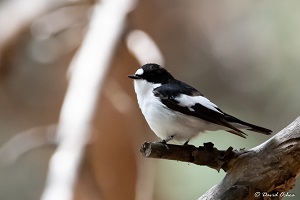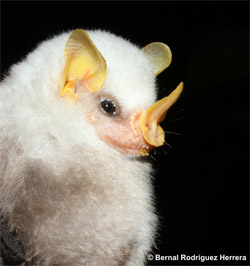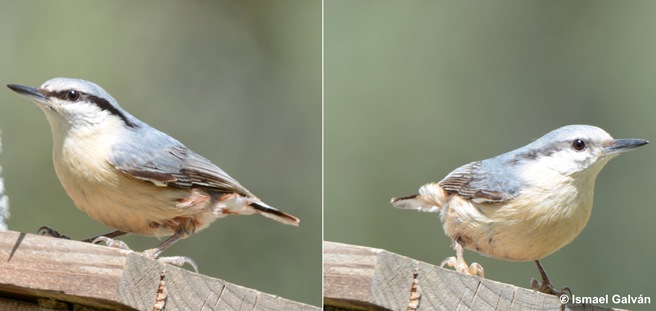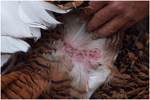
Welcome
Welcome to the official website of the Doñana Biological Station (EBD-CSIC)...

The Doñana Biological Station: EBD-CSIC
The Doñana Biological Station is a public Research Institute belonging to the Spanish Council for Scientific Research CSIC in the area of Natural Resources...

Mission
Our fundamental mission is to carry out multidisciplinary research of the highest standard directed to understanding the way in which biodiversity is generated, maintained and deteriorates, as well as the consequences of its loss...

Our methods
We apply many techniques within a multidisciplinary framework, from molecular genetics to remote sensing, and from modelling to physiological and isotopic analyses...

Monitoring the environment
Monitoring biodiversity at the Doñana Natural Space cover a wide range of communities, including both terrestrial and aquatic organisms...

Aims
Our aims include the study of the ecological and evolutionary processes by combining field work, mathematical and statistical models and physiological and genetic analysis...
 Outstanding
Outstanding
-
 The most attractive birds don’t reproduce more successfully
The most attractive birds don’t reproduce more successfully -
 Sexual dichromatism and condition-dependence in the skin of a bat
Sexual dichromatism and condition-dependence in the skin of a bat -
 Females mate with males with diminished pheomelanin-based coloration in the Eurasian nuthatch Sitta europaea
Females mate with males with diminished pheomelanin-based coloration in the Eurasian nuthatch Sitta europaea -
 Porphyrins produce uniquely ephemeral animal colouration: a possible signal of virginity
Porphyrins produce uniquely ephemeral animal colouration: a possible signal of virginity -
 Lack of evolution of sexual size dimorphism in Heteromyidae (Rodentia)
Lack of evolution of sexual size dimorphism in Heteromyidae (Rodentia)
 News
News
Content with tag sexual selection .
 The most attractive birds don’t reproduce more successfully
The most attractive birds don’t reproduce more successfully
The results, contrary to expectations, demonstrated that the density of mates and competitors did not influence whether the most attractive males had more or fewer descendants .





